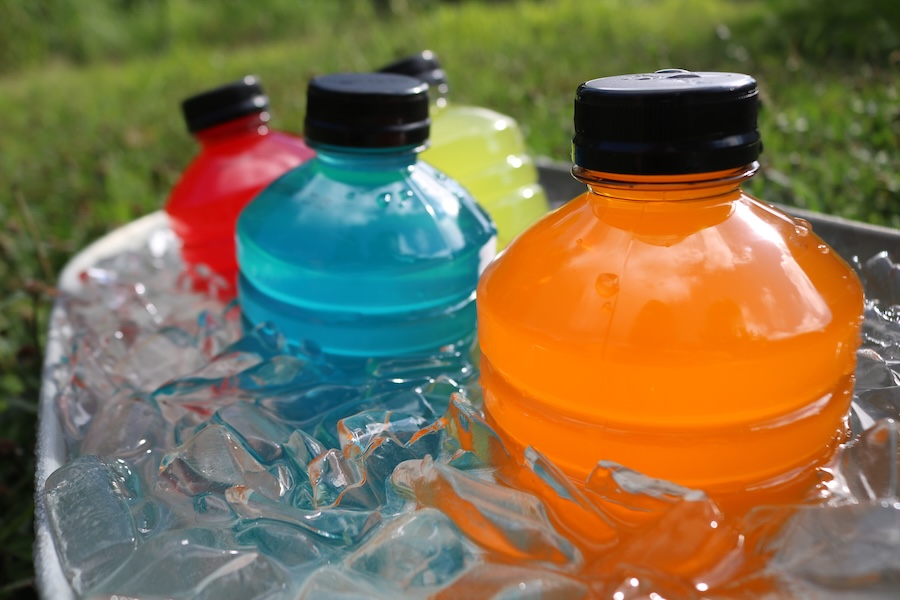
Bright blue slushies, red sports drinks, neon orange candies—kids love colorful treats. But have you ever wondered what all that color is doing to their teeth? At Growing Smiles Pediatric and Family Dentistry, serving Voorhees, Cherry Hill, and Mount Laurel, NJ, we talk with parents every day about how food and drink choices can impact oral health. But, do artificial dyes stain teeth?
The answer? Sort of—but there’s more to it than just the color.
What Are Artificial Dyes?
Artificial dyes are synthetic color additives found in a lot of processed snacks and drinks. You’ll spot them in cereals, ice pops, juice boxes, frosting, candy, gum—even vitamins.
Popular dyes like Red 40, Blue 1, and Yellow 5 give foods their bright, eye-catching color, often appealing to kids. However, they’re usually combined with sugars and acids, which can make them more of a concern for teeth.
In recent years, some artificial dyes have also raised concerns in the media and research communities about possible links to behavioral or health issues. While opinions vary and the science is still being debated, many families are choosing to limit exposure when they can.
Are Artificial Dyes Staining Teeth?
On their own, artificial dyes probably won’t cause long-lasting stains—especially if teeth are healthy and enamel is strong. But when dyes are paired with acidic drinks or snacks, like sports drinks or sour candy, they’re more likely to stick around.
That’s because acid temporarily weakens the enamel, making it more porous. Once the enamel is softened, pigments—whether artificial or natural—can settle into surface layers more easily. Over time, this may lead to dullness or uneven coloring, especially in grooves or along the edges of teeth.
Can Dyes Stain Fillings?
Yes, especially tooth-colored composite fillings. These materials are more porous than enamel, which makes them more likely to absorb pigments over time.
In some cases, staining may affect the surface of the filling itself. In others, discoloration can appear at the margin—the thin line where the filling meets the natural tooth. That margin can pick up color if the seal begins to wear or break down slightly. This type of staining isn’t dangerous, but it can affect how the filling looks.
If it becomes noticeable, polishing or replacing the filling might be recommended for cosmetic reasons.
The Bigger Issue: Sugar + Acid
Many foods that contain artificial dyes are also high in sugar or have a low pH, meaning they’re acidic. Sugar feeds the bacteria that cause cavities, and acid wears away at enamel. That combo not only raises the risk of decay, but also makes the teeth more prone to staining—whether from dyes, berries, tea, or other pigments.
What Can You Do?
You don’t have to ban every colorful snack. But small habits make a big difference:
- Rinse with water after colorful or acidic foods
- Use a straw for sports drinks or juice
- Stick to twice-daily brushing with fluoride toothpaste
- Keep up with regular cleanings to help remove surface stains
If your or your child has fillings, try to limit frequent exposure to dark-colored or acidic snacks and drinks to help them last longer—and look better.
Family-Friendly Dental Care at Growing Smiles in Voorhees, Cherry Hill & Mount Laurel, NJ
At Growing Smiles Pediatric and Family Dentistry, we help families strike the right balance between real life and great dental habits. Whether you or your child are dealing with stubborn stains, stained fillings, or you just want a little guidance on what’s okay in moderation, we’re here to help.
Call us to schedule a visit or ask a question. We’re always happy to help you keep those growing smiles healthy and bright.
